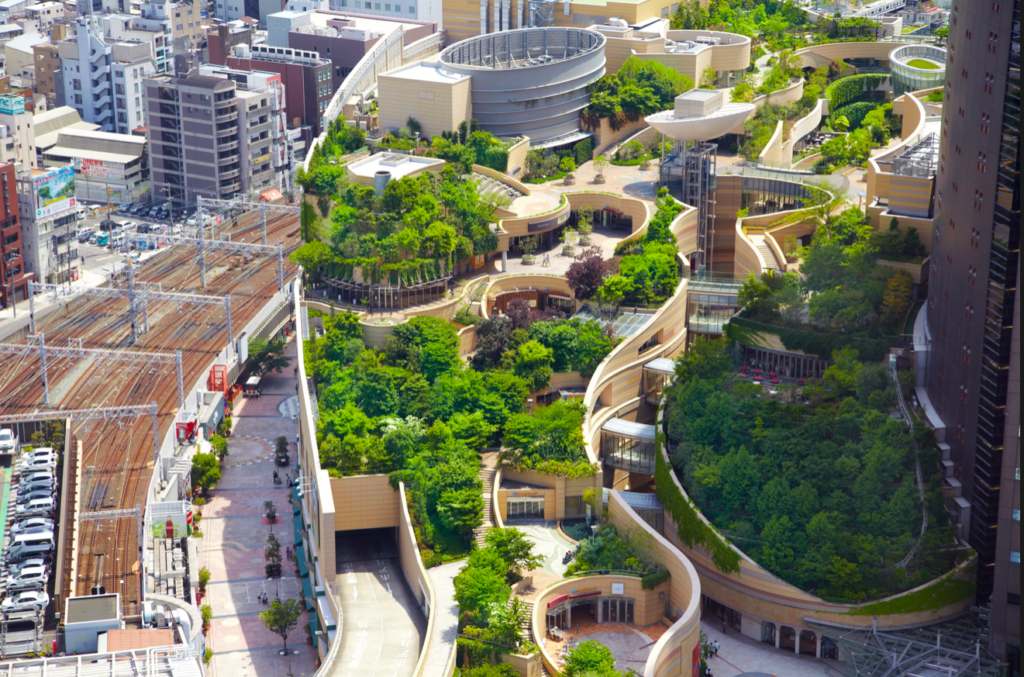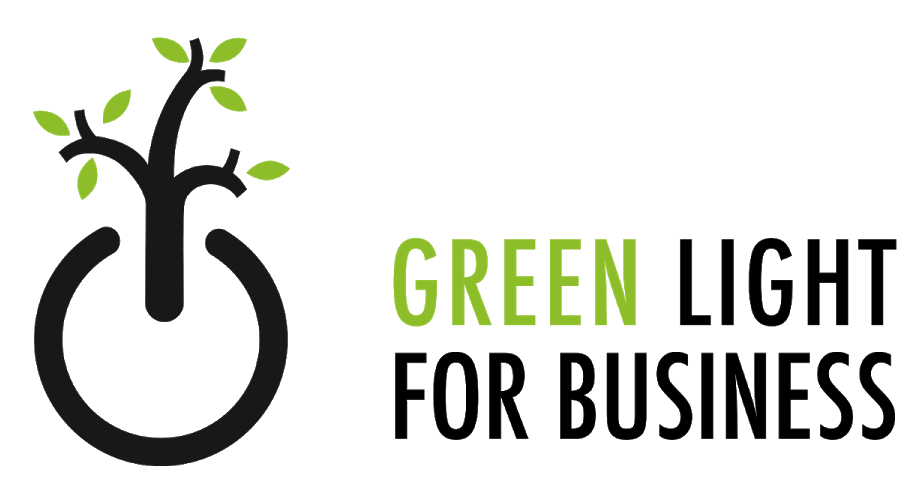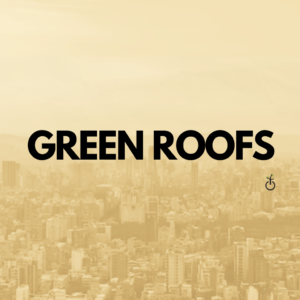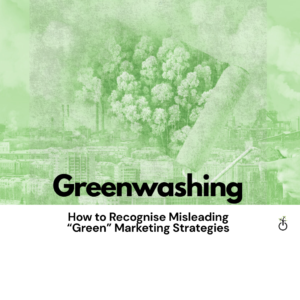
Photograph: Yuji Kotani/Getty Images
Cities have always been symbols of progress. They bring together people, capital, and ideas that drive economic growth and innovation. Yet as they grow, the same structures that define them begin to strain the environment. Concrete traps heat, rainfall overwhelms drainage systems, and air quality declines. These issues are no longer distant environmental concerns but economic ones, shaping energy costs, public health, and the long-term value of urban infrastructure.
Many planners and economists are starting to look toward nature for solutions. A green roof, with layers of soil and vegetation, turns an unused surface into something productive. It cools buildings, manages stormwater, and improves air quality. Each of these outcomes carries financial weight. Lower energy bills, fewer repairs, and reduced strain on city systems all add up over time.
In this sense, a green roof is more than a design feature. It is an investment in resilience. When cities see natural systems as assets, they unlock returns that extend beyond profit: cleaner air, lower costs, and stronger communities. Around the world, this idea is beginning to grow. The most forward-looking cities are realizing that the future of urban development might be found not on the ground, but above it.
Green roofs can be defined as a “contained” space on top of a human-made structure: it is proven that they are capable of reducing the heat by several degrees, while also cutting cooling costs by 25% to 70%. Because they work as a sun-barrier, the benefits are not only related to the economy and sustainability: green roofs constitute an active member in the protection from UV rays and in the improvement of the air quality, both incredible benefits for our health.
For those wondering: no, we don’t have the name of the inventor. They were simply always used, from Ancient Mesopotamia to Ancient Scandinavia, from Ancient Rome to today. It has to be said, however, that Germany is credited with inventing the modern engineered green roof in the 1960s, developing the technology we keep using today. Jörg Breuning was the first to introduce and adapt this system to North America, in 1999, contributing significantly to the industry’s global growth.
A win is a win, and many countries have started realising that “a win” is exactly what this project is. Indeed, these vegetative layers on rooftops have already been implemented in many parts of the world: Doha has won the Guinness World Record for the largest green roof; San Francisco now requires them on new buildings, and the University of Queensland, Brisbane, now features a zero-carbon emissions building. It doesn’t stop here, luckily: according to the latest market research, in 2023, the North American green roof sector grew by more than 45 per cent, with around 1215 green roof projects.
Chicago is the leader in the sector, having already installed around 56,000 square metres of green roofs last year and planning 600 projects to increase its total.
Called “urban oases”, they also attract fascinated tourists and visitors: the green landscape at Beijing’s airport, the terraced Step Garden’ of the Acros Fukuoka Prefectural Hall in Japan, and
Moesgaard Museum in Aarhus, Denmark are all examples of how green roofs can simultaneously increase the efficiency and the beauty of a location, encouraging a green transition and a shift towards more sustainable lifestyles.
Written by Mario Di Salvo and Caterina Molinari
References
https://www.theguardian.com/cities/gallery/2018/aug/17/urban-oases-green-roofs-around-the-wo rld-in-pictures
https://www.euronews.com/green/2024/07/11/solar-integration-and-volcanic-ash-how-europe-is- cooling-cities-with-green-roofs
https://justenergy.com/blog/top-six-cities-to-find-green-rooftops/ https://www.greenroofers.co.uk/




